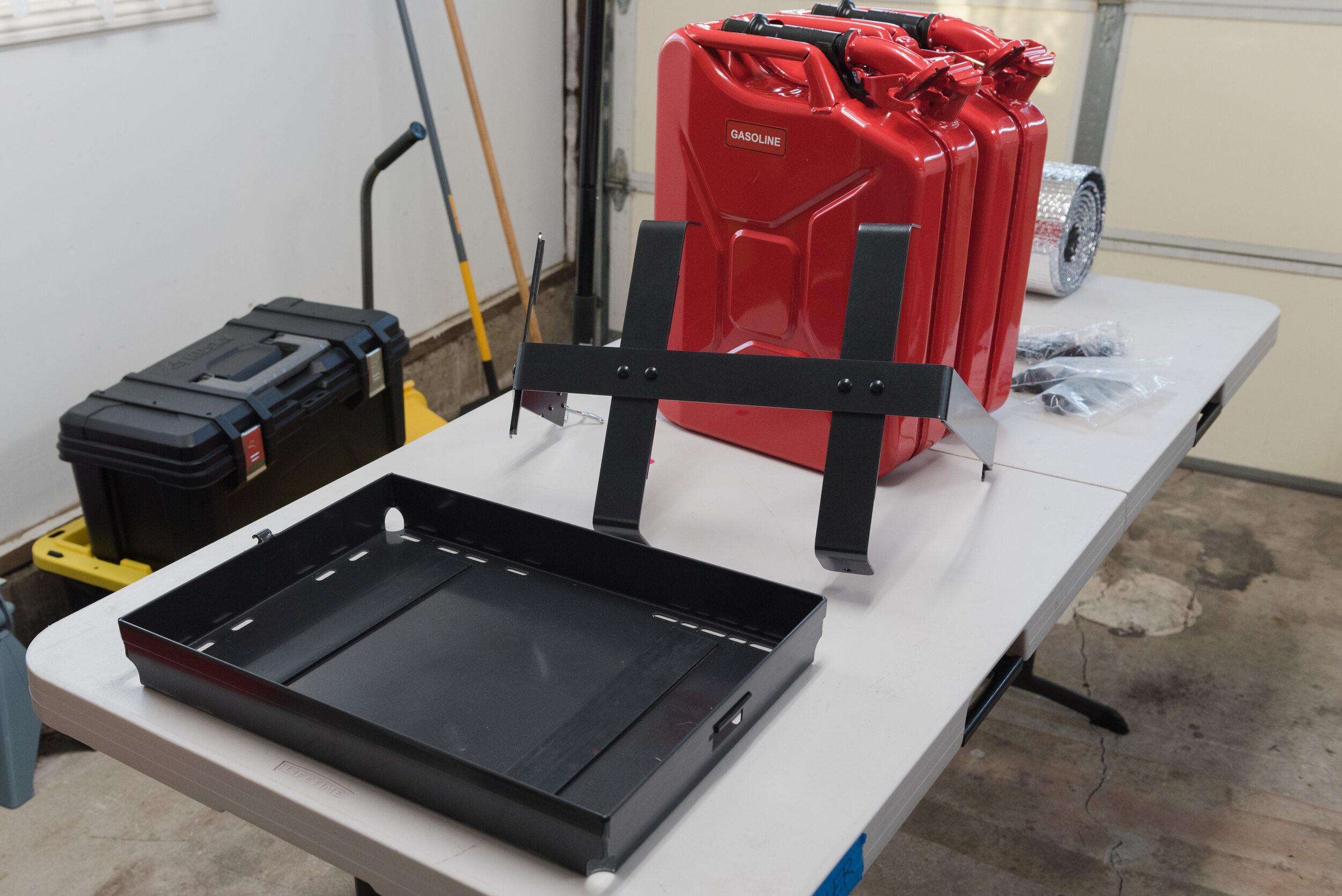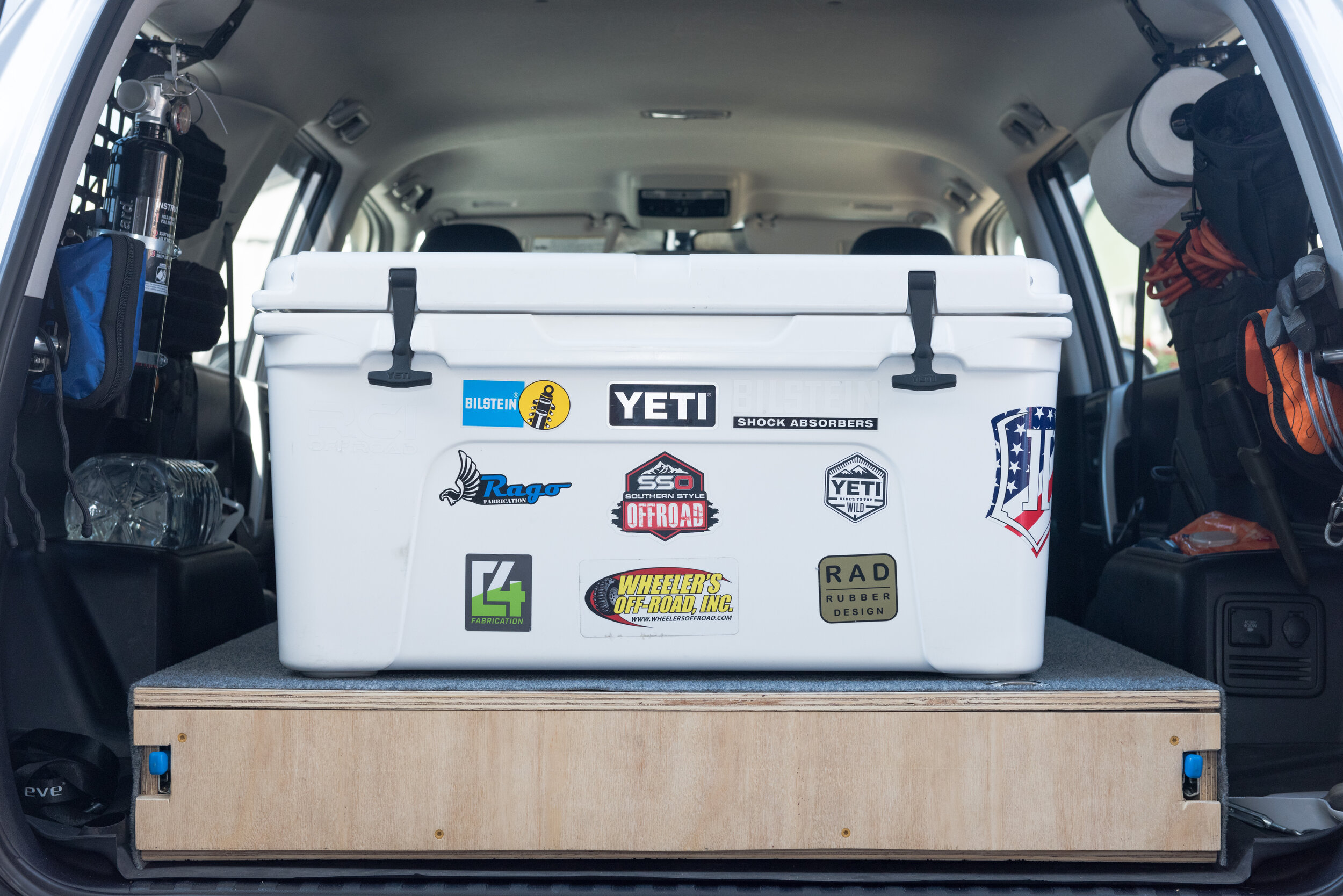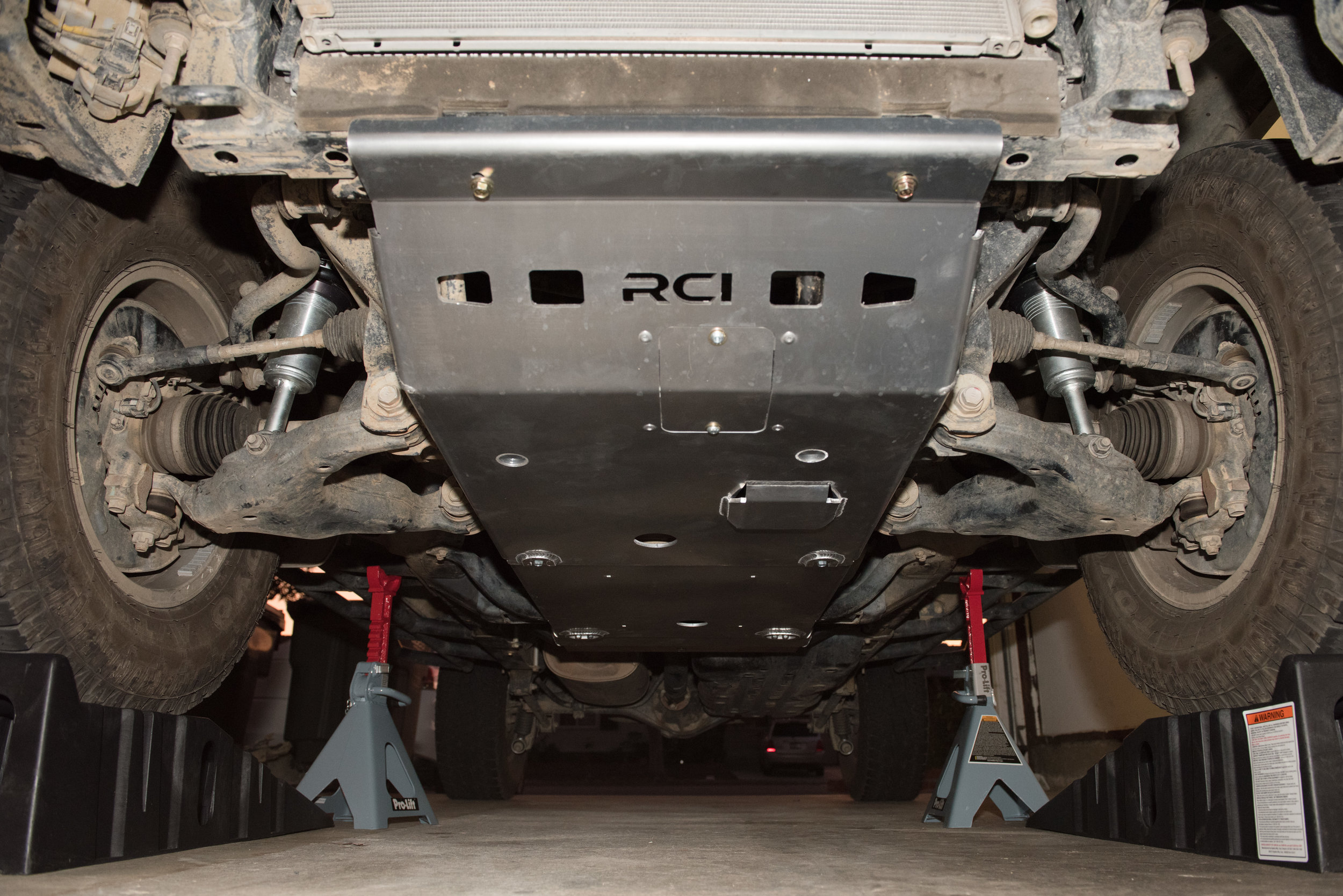The wifey and I recently moved into a house so now I have a garage to work out of. Yay! This means starting to perform basic maintenance on the 4Runner myself rather than paying a dealership or other tech to do it. I grew up working with my hands - so I’m very excited to put some love into the 4Runner. Though I just met a mobile mechanic who does good work, so I may have him do some of the nitty gritty stuff I’m unable to do.
Anyway, one item I know dealerships fail to check-off is lubricating the propeller shaft. What’s the propeller shaft? Well… it’s your drive shaft, which delivers torque from your transmission to the rear differential (when in 2HI) and front differential (when in 4HI or 4LO). I’ve taken my 4Runner in for service at least 3 or 4 times since purchase and at no time did the service department add a line item to lubricate the drive shaft.
It’s actually really easy to lube the drive shaft. In total there are six greasable zerk fittings:
Front drive shaft:
One slide yoke zerk
Two spider joint zerks
Rear drive shaft:
One slide yoke zerk
Two spider joint zerks
I found online there is some discrepancy on the type of grease to use in each type of fitting. The owner’s manual and says the spiders need to be greased with Lithium base chassis grease, NLGI No.2, and the slide yoke should be greased with Molybdenum-disulfide lithium base chassis grease, NGLI No. 2 OR Lithium base chassis grease, NLGI No.2. This all being said, I decided to use Lithium base chassis grease, NGLI No.2 so I’d only need to carry one grease gun and not two. After some research I decided to use Sta-Lube “Moly” Graph Lithium Grease. The cheapest place I found to get this is at Harbor Freight (not Amazon)… As always, I encourage you to do your own research before committing to a grease.
Tools I used include:
LockNLube Grease coupler (not necessary, but makes it easy to lock on/remove coupler from zerk fitting)
Creeper roller
The spider joints only need enough grease to purge old grease/debris from the joints. If they haven’t been greased for a while, there will be audible “pops” as the new grease pushes out dry junk from the spider joints..
The slide yoke should not be overgreased. Very little grease is expelled from the slide yoke as it moves back in forth during operation. Overgreasing the slide yoke will cause it to hydrolock and not be able to compress (no bueno). While I shoved a good 4-5 pumps into the spiders, I only pumped 2-3 times into the slide yoke. If you accidentally overgrease your slide yoke, you can remove the zerk fitting, push up and down on the front and rear bumper of the vehicle, and that should let some of the excess grease out. Be sure to re-install the zerk fitting before driving off!
It was very easy to roll under the 4Runner after the Bilstein 6112/5160 lift (haven’t posted this yet). The front drive shaft can be rotated as long as the vehicle is not in 4WD, since the front differential is not engaged. The spider joint and slide yoke zerks towards the rear of the vehicle are partially obstructed by a metal guard. However, it’s easy enough to reach around the guard to grease the zerks with the whip hose.
The rear drive shaft was a little harder. Since the rear differential is engaged, you cannot manually rotate the drive shaft by hand like the front drive shaft. If the zerks are not accessible, you will need to start the vehicle and move it forward or backward by 1-2 feet for the drive shaft to rotate in a favorable direction.
Be sure to clean the zerks before pumping grease, and wipe up excess grease expelled through the spider joints. If you don’t wipe up excess grease, it’ll just fling all over the place the next time you drive somewhere.
Some photos below.
Rear drive shaft shown below. Remember - this drive shaft does not rotate. Top two photos are forward portion of drive shaft (slide yoke and spider joint zerks) while bottom two photos are rear portion of drive shaft (spider joint zerk only).
Front drive shaft shown below. Remember - this drive shaft can rotate. Top two photos are forward portion of drive shaft (spider joint zerk only) while bottom two photos are rear portion of drive shaft (slide yoke and spider joint zerks).




























